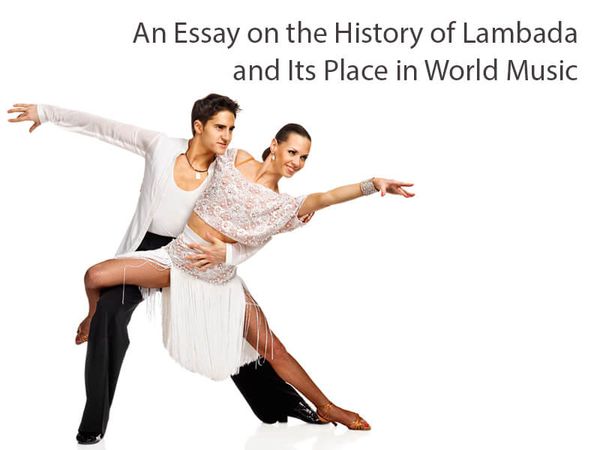
Gender Equality: A Myth or Sustainable Reality?

The roots of Lambada come from a Brazilian dance “karimbo” that was popular during 1500-1822. The style and music of this sensual dance changed over time and gained some features of Caribbean culture. Lari Lari and Sirimbó rhythms appeared from the mixture of Brazilian and Caribbean music, thus, giving birth to a brand new melody that was often called “the rhythms of Lambada”. The name quickly gained popularity and became associated with the fresh representation of the old dance.
Afterwards, people renew the tradition to dance karimbo complementing it with a big amount of spinning. Finally, the mixture of electronic music and metal again influenced the image of karimbo. The music quickly gained popularity in the northeastern region of Brazil, however, it was then known as Lambada.
After traveling around the coast of Brazil, the dance reached the oldest state of the country called Bahia where it was modified by the local dance Forry. Lambada finally lost its similarities with karimbo when the timing of the dance changed to 2 / 2. Tight skirts were closely associated with Lambada. Nowadays, we can also witness classic Lambada dancers, men in long trousers and women in narrow skirts, in Brazilian nightclubs such as “Lambar”.
Lambada became popular over the world after a couple of French businessmen bought the rights on Brazilian songs in Lambada style. They also founded a group “Kaoma” that spread the fever of Lambada even to the Far East. Nowadays, there are thousands of ballroom dancing schools in Brazil and all over the world, the best dancers of which that take part in various Lambada competitions. As a result, the Second Boom of Lambada occurred bringing the dance international fame and raising people’s interest in Latin American culture.
After gaining global popularity, Lambada underwent significant changes. There were almost no excellent dancers of Lambada in Europe. So, the dance was modified: jive’s steppe-like elements, whirling, acrobatic movements and East Coast swing were added to traditional Lambada. In addition, some dancers started to combine Lambada with other music in order to invent something fresh and unusual.
0
Preparing Orders
0
Active Writers
0%
Positive Feedback
0
Support Agents